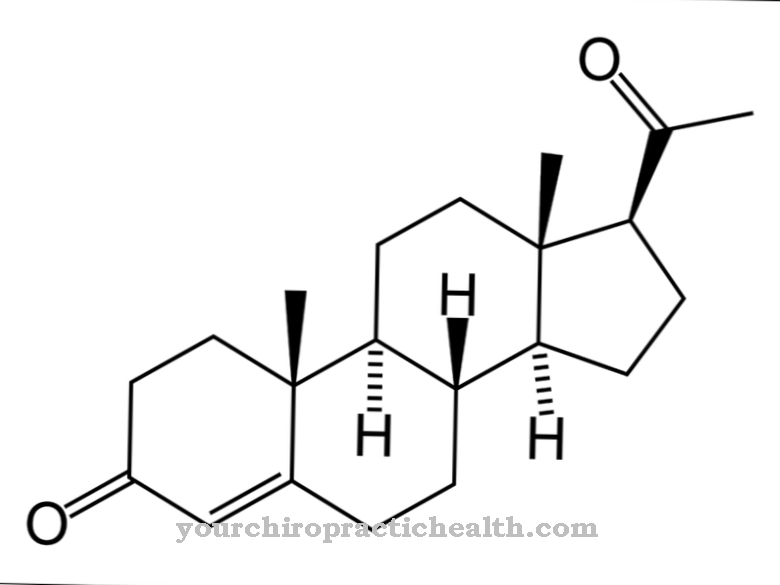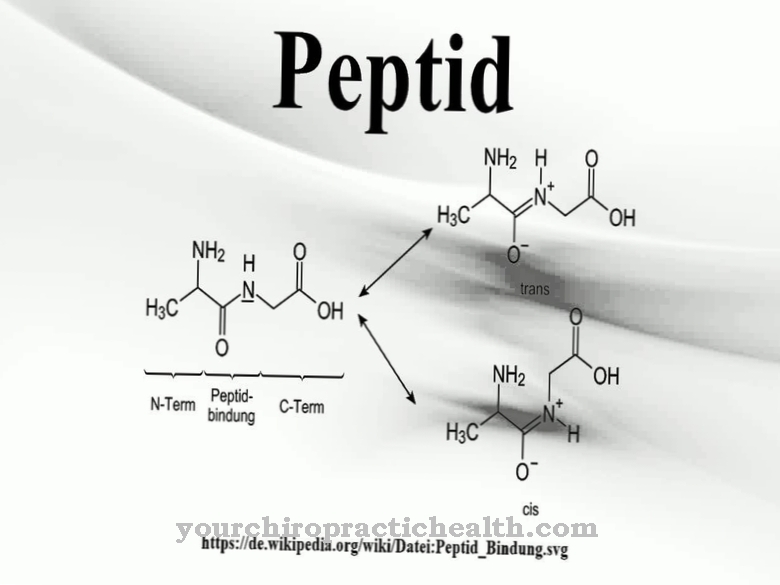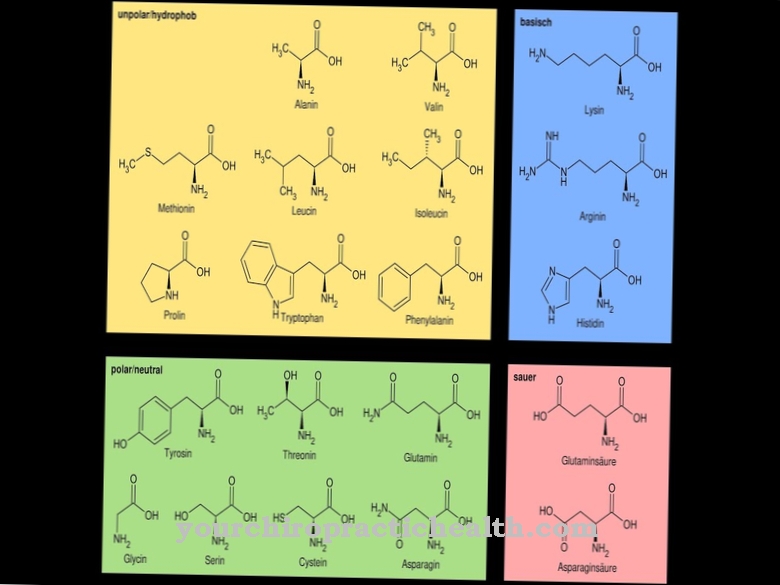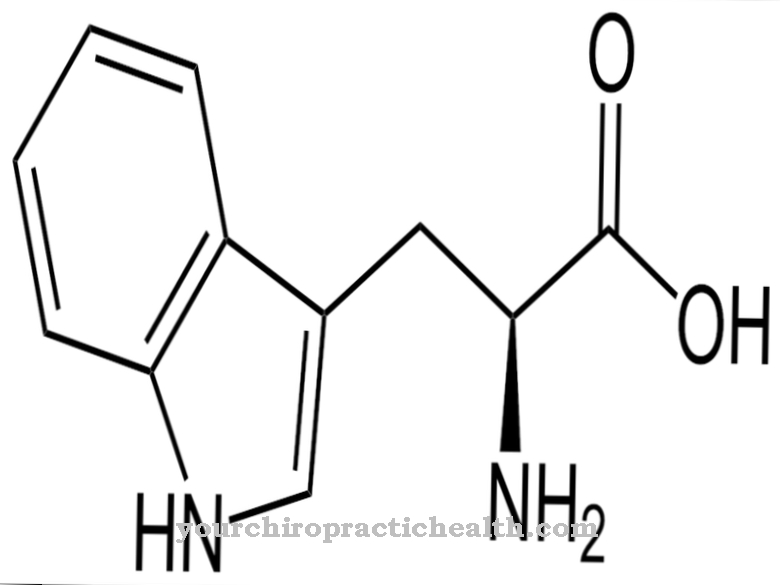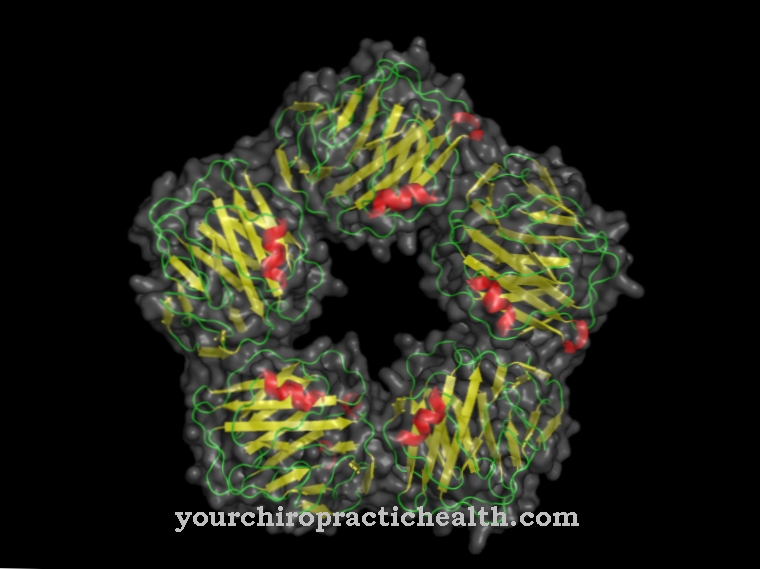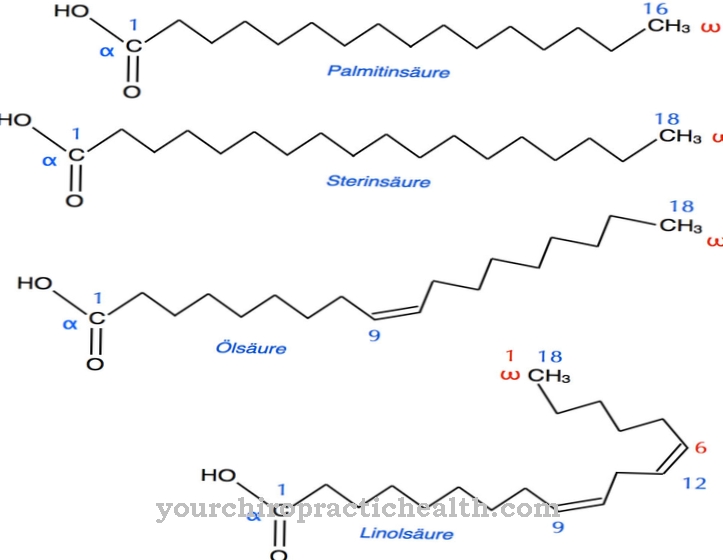A Ion channel is a transmembrane protein that forms a pore in the membrane and allows ions to pass through the membrane. Ions are electrically charged particles, they can be positively but also negatively charged. They are in a constant exchange between the cell and its environment or another neighboring cell.
What is an ion channel?
The membrane of a cell consists of a lipid bilayer. Ion channels are transmembrane proteins that span the membrane and allow ions to pass through. Ion channels are also known as channel proteins because they form a passage.
The group of ion channels is divided into different categories, the active and the passive ion channels. The active ion channels generate the passage of the ions through active transport, so they require energy for this process. The passive ion channels, on the other hand, do not consume any energy and allow ions to pass through along an existing electrochemical gradient. This gradient can be divided into chemical and electrical components. The chemical gradient describes a concentration gradient. The particles of a certain substance such as potassium move in an uncoordinated manner between two compartments with the help of ion channels.
This results in an even distribution of these particles between the two compartments. This is also known as Brownian molecular motion. The electrical gradient, on the other hand, contains the distribution of electrical voltage. For example, if there is an increased negative charge in a compartment, an electrical gradient is formed. The positive particles of the other compartment then move to the negatively charged compartment in order to compensate for the unequal voltage built up by the gradient. The active ion channels work specifically against a gradient. For example, they can transport further negatively charged particles into the already negatively charged compartment. However, this process requires an expenditure of energy.
Function, effect & tasks
Ion channels have a variety of functions. Transmitter-controlled ion channels in the synapses of nerve cells play an important role in the transmission of signals between different neurons. These types of ion channels are located at the postsynaptic termination.
If there is an incoming signal, the synapse releases a certain neurotransmitter. This gets into the synaptic gap and binds to the receptors of the transmitter-controlled ion channels. This opens these and changes the membrane potential of the postsynapse. Depending on the situation, there is then an excitatory or inhibitory membrane potential. This depends on whether the membrane potential is raised or lowered and this in turn is determined by the influx of ions through the transmitter-controlled ion channel. The transmission of stimuli in the neuron, this can be in the brain or in the spinal cord, is generated by ion channels. For example, the process of seeing is made possible, but also the transmission of stimuli in a reflex such as the hamstring reflex.
When there is a change in membrane potential, ion channels open along the neurons. This creates a transmission of the changed membrane potential along a neuron similar to a domino effect. The membrane tension comes about because there is a negative charge inside the neuron and a positive charge in the extracellular area. If the so-called resting potential of the membrane voltage is exceeded, hyperpolarization of the membrane occurs. This makes the membrane tension even more negative. This happens due to the opening or also closing of the ion channels. These ion channels are potassium, calcium, chloride and sodium channels. They are voltage-dependent, so they open or close depending on the membrane potential.
This process is known as action potential and is divided into different steps. First there is the initiation phase. This is followed by depolarization followed by repolarization, in which the resting potential is reached again. Usually, however, hyperpolarization occurs before repolarization. This serves to ensure that no further action potential is triggered directly after the action potential has taken place and that a permanent stimulus occurs. Ion channels also have an important function in regulating osmosis and in maintaining the acid-base balance in the body.
Education, occurrence, properties & optimal values
As already mentioned, there are active and passive ion channels. However, they can also be distinguished on the basis of the way they are controlled. These are voltage-controlled ion channels that are used to transmit stimuli in neurons. They can also be controlled by ligands, such as the transmitter-controlled ion channels of the synapses for the transmission of signals to other neurons or also for the transmission of signals to the muscles.
Further ion channels are the mechanosensitive channels. They are regulated by mechanical stimuli such as pressure. Temperature-controlled ion channels are opened or closed when a certain threshold value of a temperature is reached. And light-controlled ion channels are regulated by a certain wavelength of light. An example of this is rhodopsin, which is bound to a channel and regulates it. These occur, for example, in the eye and are integrated into the visual process.
Diseases & Disorders
Ion channels can be affected by some diseases. One example is a defective calcium channel in the cerebellum. This defect is a trigger for epilepsy. Another example is Lambert-Eaton Syndrome.
The patients develop antibodies against the calcium channels of the neuromuscular endplate. This is the area of stimulus transmission between neurons and the muscles. The signals are weakened and muscle weakness occurs. Men tend to be more likely to suffer from this condition than women.

